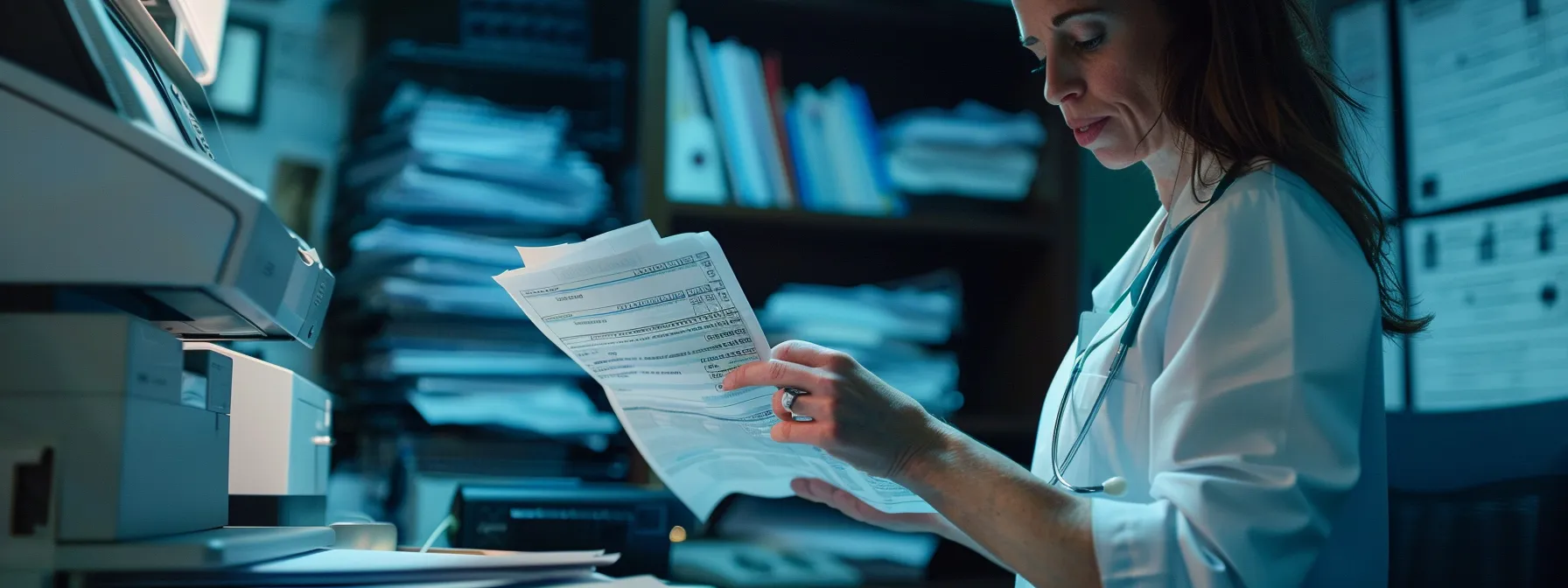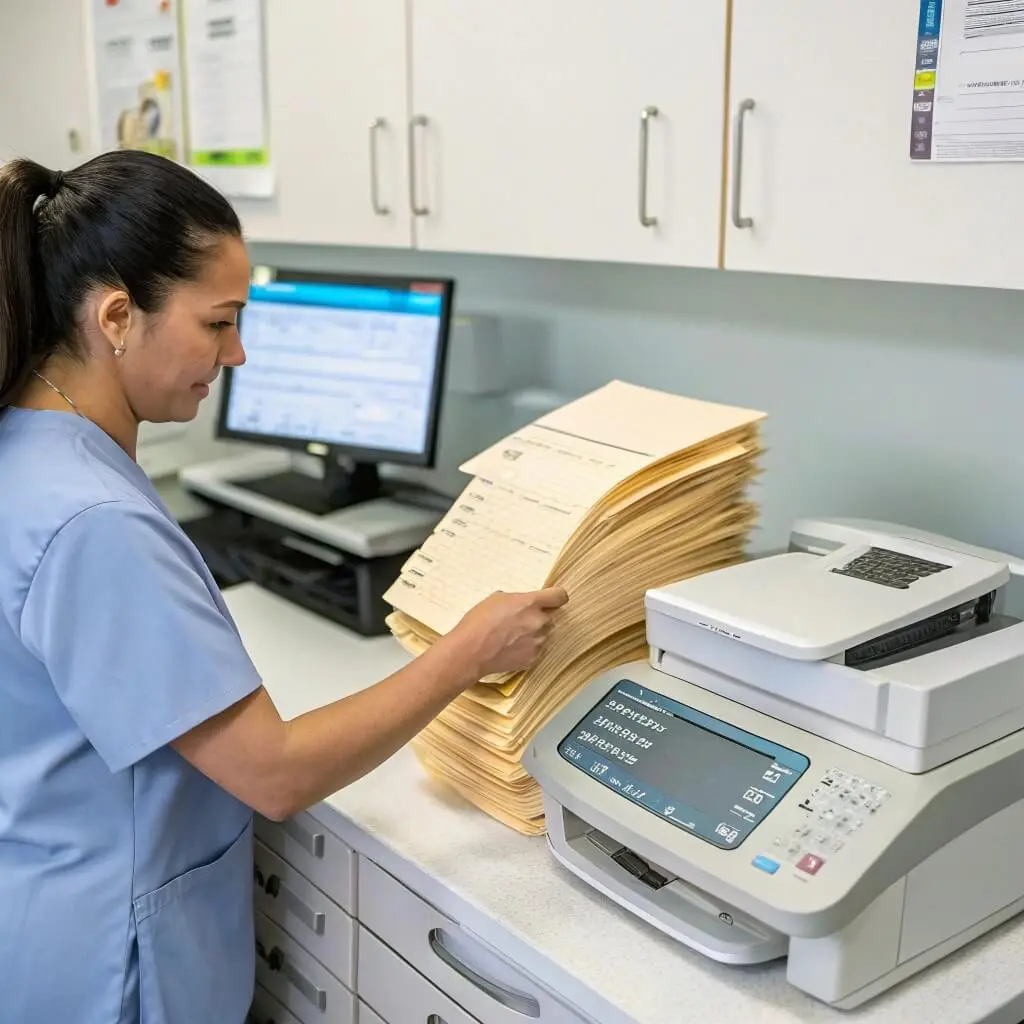Despite the rise of digital communication, faxing remains a staple in healthcare settings for transmitting medical records. It’s essential for healthcare providers to understand and comply with the Health Insurance Portability and Accountability Act (HIPAA) when sending and receiving Protected Health Information (PHI) via fax. HIPAA mandates safeguarding patient data to ensure privacy and prevent unauthorized access. Failure to comply can result in severe penalties and compromise patient trust. Below, we explore the intricacies of HIPAA compliance for faxing medical records, the importance of protecting PHI, best practices, common challenges, and the future of faxing in healthcare.
Understanding HIPAA Compliance for Faxing Medical Records

The transmission of medical records through faxing can be convenient, but it presents unique risks when it comes to HIPAA compliance. HIPAA sets forth stringent guidelines for the handling of PHI to ensure its confidentiality, integrity, and availability. These standards apply to both electronic and paper-based records, including those sent via fax. To better meet these compliance requirements, healthcare providers can explore Documo’s fax solutions, which are designed with security, audit trails, and encryption features tailored for HIPAA-regulated environments. Fax transmissions must be secure, with measures in place to prevent unauthorized access or disclosure of sensitive information.
To achieve full compliance, healthcare entities must incorporate administrative, physical, and technical safeguards when faxing PHI. Administrative safeguards entail implementing policies and procedures to oversee the handling of PHI. Physical safeguards involve securing physical access to fax machines and stored documents. Technical safeguards refer to the use of technology to protect PHI during transmission.
Training staff on compliant fax procedures is also critical. Healthcare providers must ensure that employees understand the legal requirements for handling PHI and the repercussions of non-compliance. This includes the proper way to send faxes, verify recipient information, and handle received documents.
Despite the complexity of these requirements, achieving HIPAA compliance for faxing medical records is not insurmountable. With careful planning and consistent enforcement of policies, healthcare providers can safely use fax machines to handle PHI. A commitment to secure HIPAA fax practices is paramount in maintaining compliance and safeguarding patient information.
The Importance of Protecting PHI in Fax Communications

Protecting PHI isn’t just a legal requirement; it is a moral imperative for healthcare organizations. When faxing health records, the potential for sensitive information to fall into the wrong hands warrants strict protocols. The unauthorized disclosure of PHI can lead to identity theft, harm to a patient’s reputation, and a host of other problems that compromise a patient’s right to privacy.
Addressing these risks involves implementing solutions that assure the integrity of the information sent via fax. For example, cover sheets should be used to minimize the risk of inadvertently sending information to the wrong recipient. Moreover, fax machines should be located in secure areas to prevent unauthorized viewing or access.
The repercussions of failing to protect PHI extend beyond the impact on the individual. Infringements can lead to financial penalties for healthcare organizations, damage to their reputation, and legal consequences. These can be particularly damaging in an industry where trust is a fundamental aspect of the provider-patient relationship.
Therefore, taking steps to enforce compliance and protect PHI in fax communications is an essential responsibility. Healthcare providers must understand the ramifications for non-compliance and the importance of creating a culture of security within their organizations.
Best Practices for HIPAA-Compliant Faxing
Establishing best practices for HIPAA-compliant faxing involves a range of strategies to secure PHI. It starts with conducting regular risk assessments to identify potential vulnerabilities in fax procedures. Based on these assessments, healthcare establishments should update their policies and technologies to address any weak points.
Usage of direct dial numbers to specific departments or individuals, rather than general numbers, reduces the risk of information being sent to the wrong recipient. Privacy screens for fax machines, secure lines, and automatic log-off features help maintain the confidentiality of the information being transmitted.
Consistent monitoring and auditing of fax activities allow for tracking compliance and quickly identifying any data breaches. Documentation of every fax sent or received, including an acknowledgment of receipt, is crucial for maintaining a clear chain of custody for PHI.
Overall, HIPAA compliance in faxing health records is a multifaceted challenge that requires attention to detail, well-crafted practices, and a proactive approach to security. By embracing these practices and innovative digital solutions, healthcare providers can ensure the confidentiality, integrity, and availability of patient information, building trust and upholding their responsibility to protect PHI.

